Rio de Janeiro is known for its beautiful and diverse street art. Brazil is actually one of the first countries to legalise street art (law 706/07, March 2009) if done with the consent of a building’s owners. Already in 1999, the “Don’t Tag, Graffiti” project in Rio showcased 35 different graffiti artists and their different styles all over the city, encouraging street artists and showing progressive attitude towards street art. I can recommend this article if you’d like to learn more about that.
When I visited Rio a few years ago, I didn’t know about the favela painting projects yet, but I also noticed a great amount of art work:
In this third part of the street art series, I would like to introduce you to the “favela painting” project by two Dutch artists. Additionally, there is an interview with Nina Chini Gani from the Rio Street Art Tour who talks about what street art means to her and to the city.
Favela Painting
This is Praça Cantão in Rio de Janeiro, which used to be a run-down favela.

In 2010, it was painted by its residents. This favela painting project was led by the Dutch artist duo Haas&Hahn. They run the “Favela Painting” project in Rio de Janeiro. To paint all 34 houses on this public space, they recruited a team of 25 residents.
The artists came to Brazil because they wanted to make a film about Hip Hop in Rio’s favelas. Instead, they developed the idea to paint derelict walls of favela buildings. They worked closely with the community, training them as painters and paying them a decent salary for painting the buildings. The designs for favela painting are developed in a participatory process with the local community.
While there was criticism about the effect on diminishing poverty, the projects by Haas&Hahn show how local communities take more pride in their neighborhood. There are now many street art tours on offer in Rio and tourists are attracted to visit the favelas, which in turn creates jobs and income. “Favela Painting” is becoming more and more popular in urban neighborhoods all over the world. Haas&Hahn also painted a street in Northern Philadelphia and are currently planning new projects in Latin America.
There is a fascinating TED talk by the artists called “How Painting Can Transform Communities”:
Most interestingly, residents of favelas tell the artists that they would love to have their houses painted to make them look “finished”. Haas&Hahn soon learned to approach local artists and community leaders for advice (for example, they wanted to paint a building blue but people objected since it was the same blue as the unpopular police station). They call this “the importance of barbecue”: living in the community, barbecuing with neighbors and thus becoming a host instead of a guest and getting to know each other before starting projects.
If you go to Rio de Janeiro, chances are you will notice some of the amazing art work on the streets. I can highly recommend taking a guided tour with some experts, like Nina from Rio Street Art Tour, to dive right in. This is what Nina shared with me:
Interview with Nina Chini Gani
Copyright of all pictures: Rio Art Gallery
For information about Nina Chini Gani’s street art tours, please refer to Tripadvisor or the Facebook page. Together with her friends Bianca Zaltcovitz and Margaret Lutz, she also started the website Rio Art Gallery to sell art online.
In this interview, Nina stresses the positive effects of street art in Rio despite the many other concerns:
What does street art in Rio mean to you?
I think it is a free form of expression here in Rio, and the street art of the city reflects the kind of vibe from the city. So the street art that you see here is very colorful and amazing, despite all of our concerns.
What kind of message does the street art spread?
For me street art shouldn’t just spread a message, but a feeling, it should make you smile, or reflect, or even get mad, and here we do have political pieces, but even in the most extreme of situations, the art seems to remain playful. Brazilian street artists will sometimes use dark humor to address certain issues without losing the carioca way.
Who is typically involved in creating street art?
Anyone and everyone can be involved. Street art is democratic. It’s not about where you come from or who you are, it’s about how good you are, how brave you are.
Do you think that street art can help to improve living conditions in neighborhoods?
For sure. There are several projects around communities here in Rio where it is happening right now. People are becoming proud to say they come from such a colorful place, getting tourists to visit, opening up the communities like never before. They used to be very closed off, so it was easy to misinterpret the people who lived there and their reality.
What are negative aspects of street art?
The violence with the authorities here is still a big problem for the artists. Many of them are not aware that street art is legalized and do not understand many of the pieces.
What are the positive aspects?
Freedom of expression and adrenaline, even if very briefly.
Thank you, Nina!
Please share your thoughts and ideas in the comment section below and don’t hesitate to contact me (laura@parcitypatory.org).
Copyright for header picture: Rio Art Gallery, “panmela4”



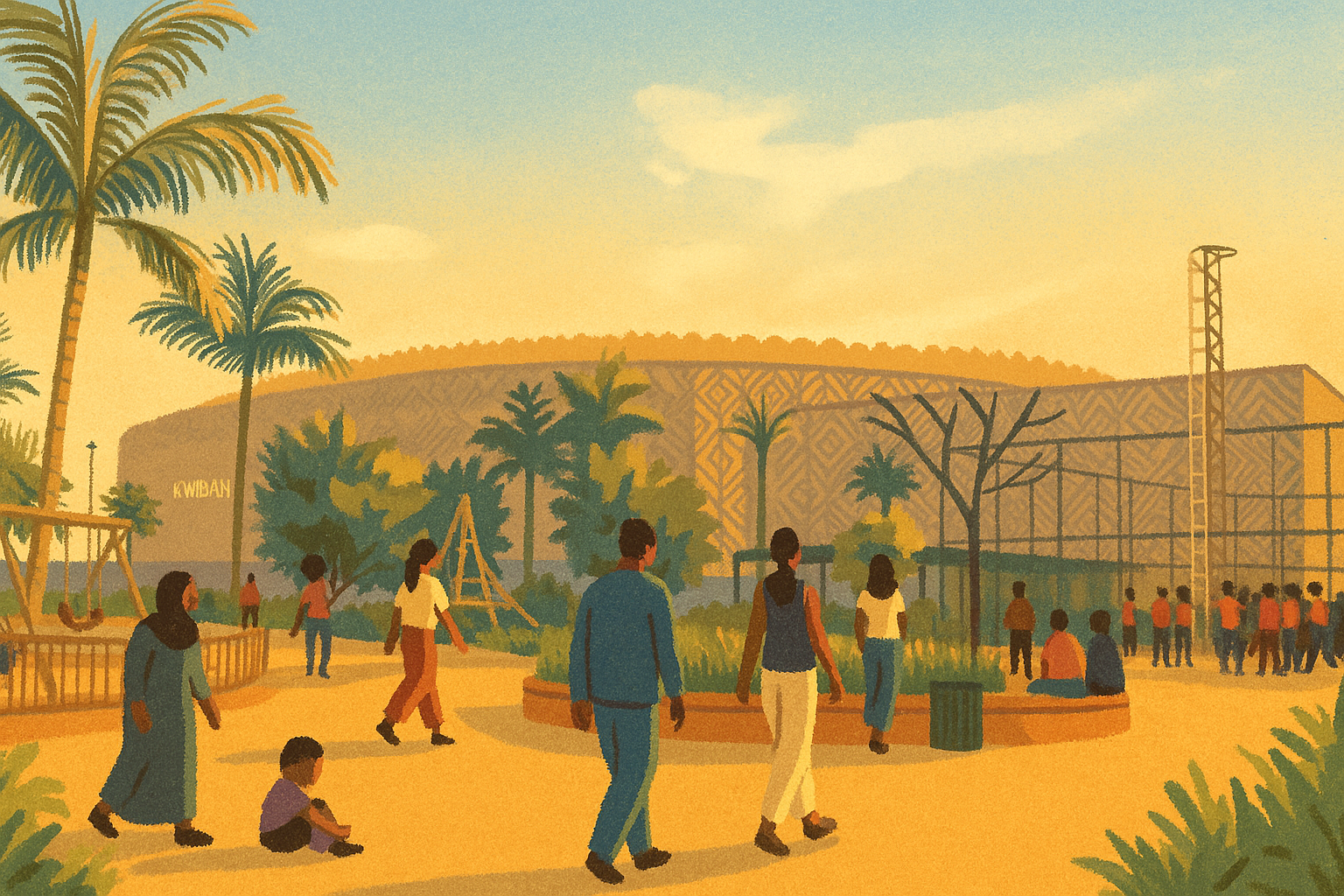
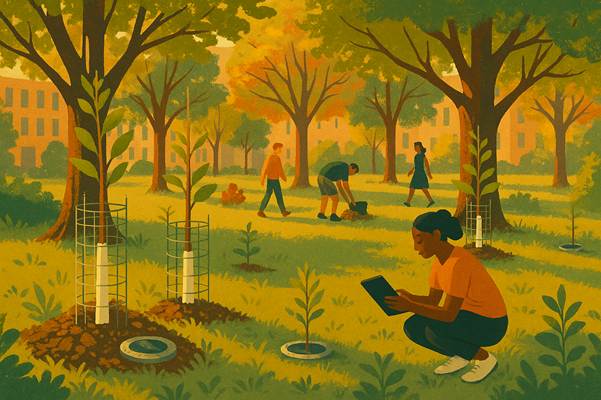
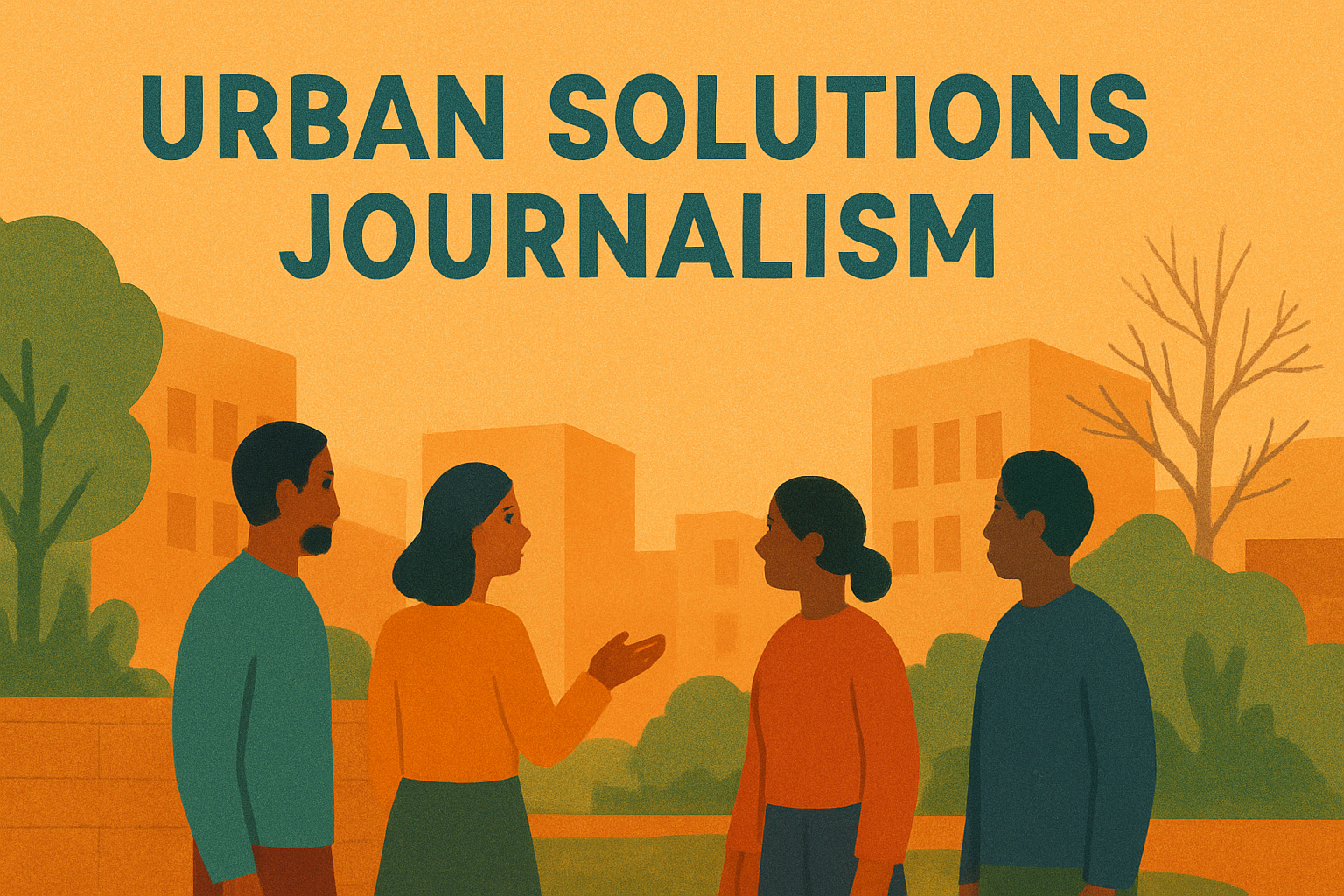
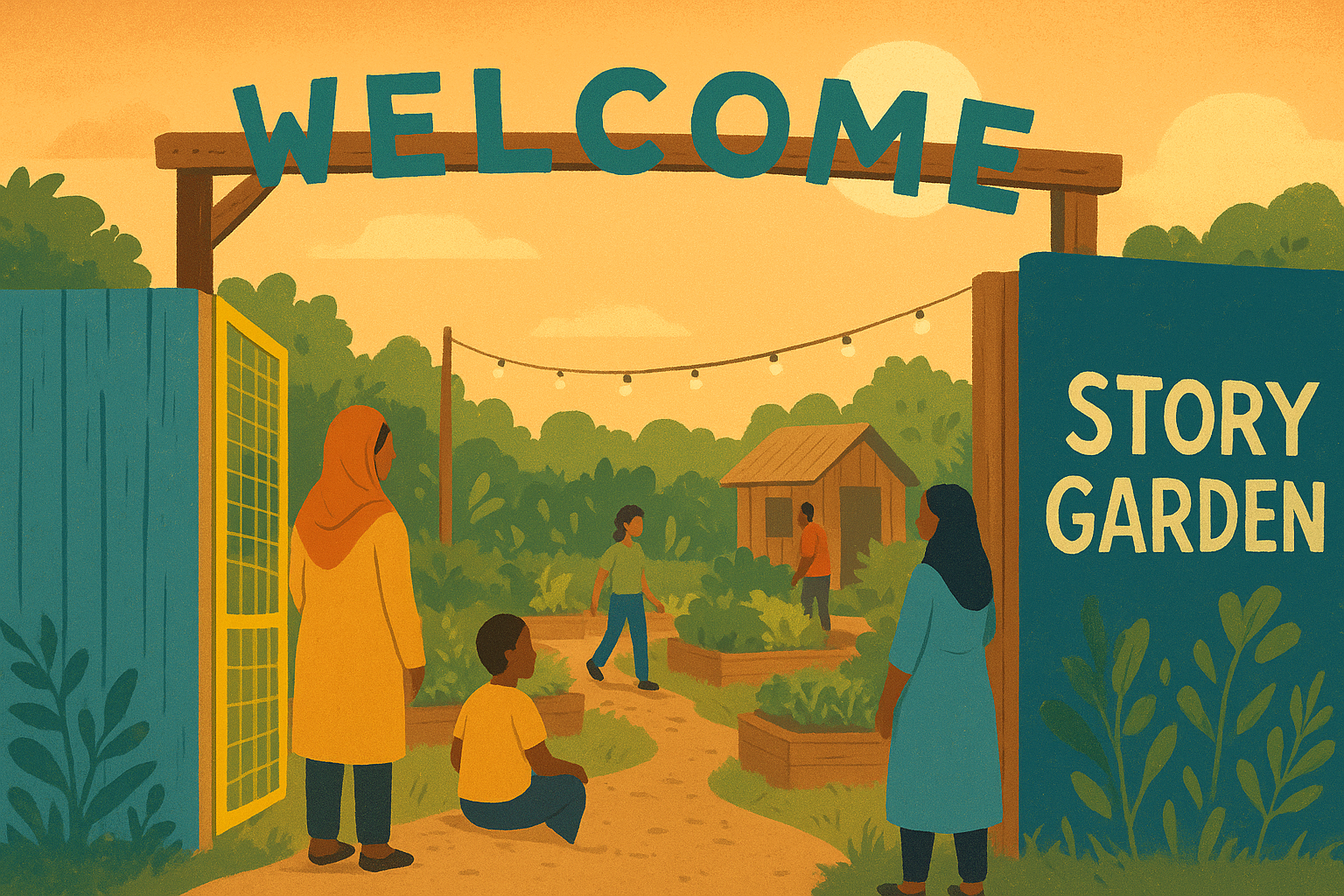

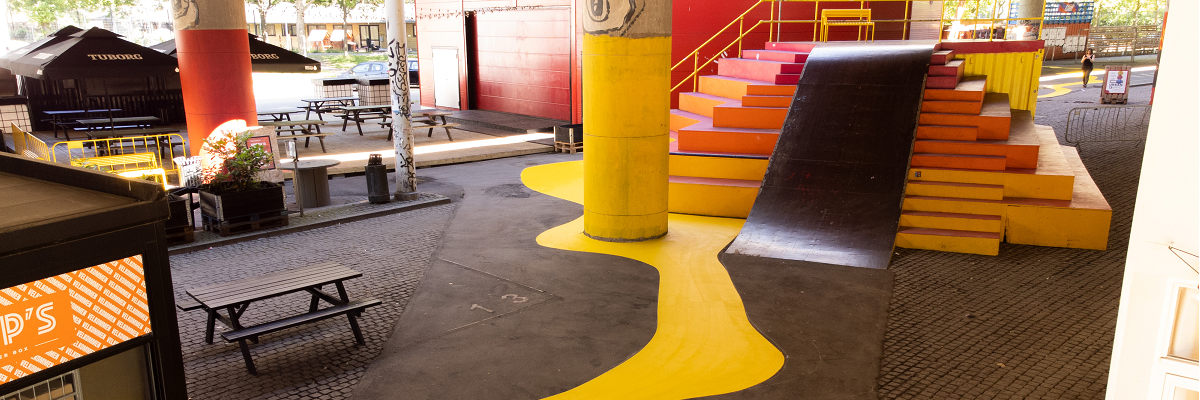
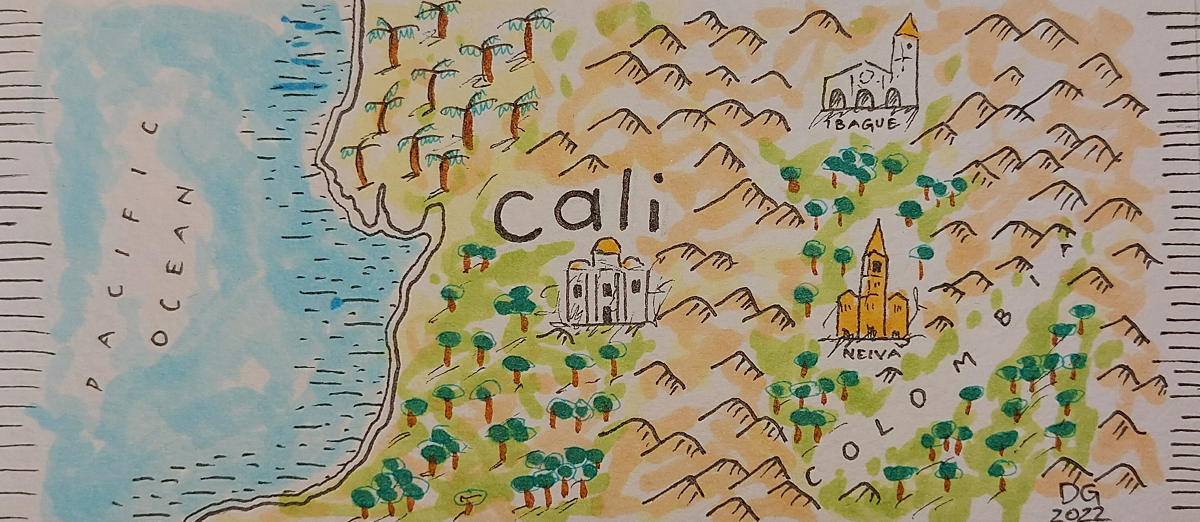

One Response
Your post is very helpful. Thanks a lot